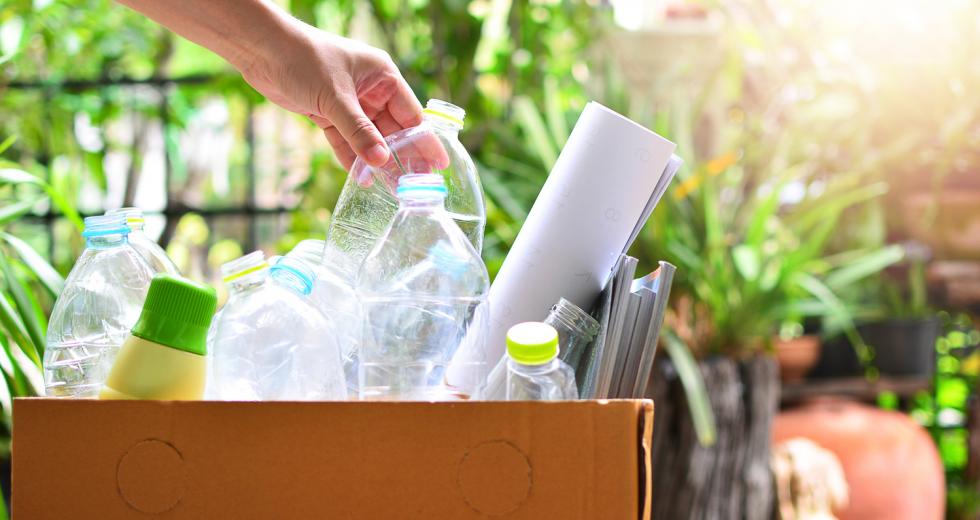For advocates looking to curb disposable plastic use and pollution through regulation, California represents the benchmark. But for industry groups, the regulation is overly burdensome, going too far to restrict what businesses can do, which they argue would ultimately increase costs for consumer goods.
In 2015, California passed a law — considered among the most stringent in the nation — banning microbeads, which are used as exfoliants in toothpaste, soaps, shampoos, face wash and other toiletries. The measure prohibits the sale of products with these tiny particles starting in 2020. According to a New York Times article, industry trade group Personal Care Products Council took a neutral position on the bill.
Related: Plastic of the Future
Related: Mark Murray with Californians Against Waste on curbing plastic waste
In 2016, California voters narrowly approved Proposition 67 to ban carry-out plastic bags and institute a 10-cent fee on other options, such as paper bags or heavy-duty plastic bags. The plastic industry spent more than $3 million to get that referendum on the ballot and force a public vote (in response to a 2014 vote by the state legislature to ban plastic bags), and then heavily campaigned against it, arguing the new bag fee was a tax. In the end, supporters raised $3.69 million and opponents raised $6.15 million. The passage of the proposition reflected the move of some 100 local ordinances that had already banned plastic grocery sacks.
Additionally, more than 100 cities and counties have banned polystyrene foam (non-recyclable, non-compostable) fast-food packaging, according to Mark Murray, executive director of Californians Against Waste.
Several pieces of California legislation in 2018 have involved plastic — addressing bottle caps, straws, microfiber that sheds from clothing — with some already dead without a vote. One piece of legislation, Senate Bill 168, would direct CalRecycle to establish minimum recycled content standards for all beverage containers, including plastic; this would build upon a law that already requires glass bottles contain at least 35 percent recycled content.
The Plastics Industry Association advocates for public investment in recycling infrastructure as a key solution, with a market-based approach that ultimately puts the onus on consumers. “The plastics industry believes that using items like plastic shopping bags, bottles, utensils and straws requires users to commit to disposing of them properly — whether that means recycling them or, at the very least, ensuring they make their way into a proper waste receptacle,” according to a statement provided to Comstock’s.




Comments
How does the government ban the items and why?